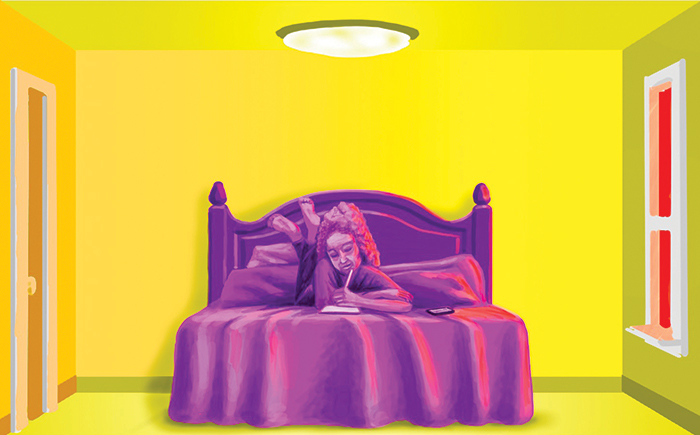Sketchbook provides professional grade drawing software for free
Teaching and learning remotely because of restrictions imposed by COVID-19 presents numerous challenges with unknown, long-term consequences. While remote learning is problematic for most subjects, those that require a more hands-on approach, like art, are even tougher to do online. Art classes are very tactile experiences that require a variety of special tools and materials, and a workspace conducive to making a mess. Not many students have access to these conditions outside of the classroom.
I have the privilege of working with area high school art teachers from all around Northeast Pennsylvania for our annual Artist of the Month program. The various schools involved are employing a range of strategies — in person, remote and hybrid classes — to educate their students. Any of these arrangements can change overnight depending on the course of the pandemic.
In an effort to provide these teachers and students with another option for creating art while learning from home, I’m going to preview three different free computer art programs over the next three weeks. There are many programs out there — some free, some cheap and some very expensive. I picked the three I’m reviewing based on price (free), numerous online reviews, the capabilities promised, and finally, taking them for a test drive. Of course you don’t have to be a student learning from home to try these. Anyone interested in creating art on his or her computer can enjoy them. It’s best if you have a digital tablet or a screen that you can draw on with a stylus or your finger to get the most out of these programs. Unfortunately, many students don’t have tablets or touchscreens, but they can still make art with a mouse.
The first program I tried is SketchBook from Autodesk. The company specializes in high-end 2-D and 3-D software for architects, engineers, product designers and animators. Sketchbook used to be part of the company’s paid software suite. In 2018, it began offering it for free. It is a full-featured, highly capable program with professional-level capabilities.
You might be intimidated by the program’s pedigree, but it’s actually very easy to learn and use. I felt comfortable drawing in it almost immediately. As I worked in it over the course of a few days, I kept discovering more and more features that enhanced my workflow.
There are a variety of drawing tools you can choose from, and each can be customized to your liking. You can alter the size, shape, softness, opacity, color and texture to get the result you’re looking for. There are also drawing aids, such as rulers, ellipses, French curves, perspective guides, stroke stabilizers and more. The wide range of tools and aids accommodates spontaneous, expressive artists, as well as the more mechanical minded, and everyone in between.
Most professional digital artists use Adobe software, such as Photoshop or Illustrator. Adobe is the industry standard for creating images for print and screen. It’s professional, capable and expensive. Sketchbook definitely gives Photoshop a run for its money when it comes to digital drawing and painting. It supports layers, selection techniques, fills, gradients, image distortion, type, multiple file formats and many other features you would expect in a professional program.

Kevin OʼNeill has been a staff artist for The Times-Tribune since June 1993. In addition to doing illustrations and infographics and designing pages for the paper’s print and electronic publications, he writes InSites, a weekly column about websites and apps. Contact: koneill@timesshamrock.com; 570-348-9100 x5212



